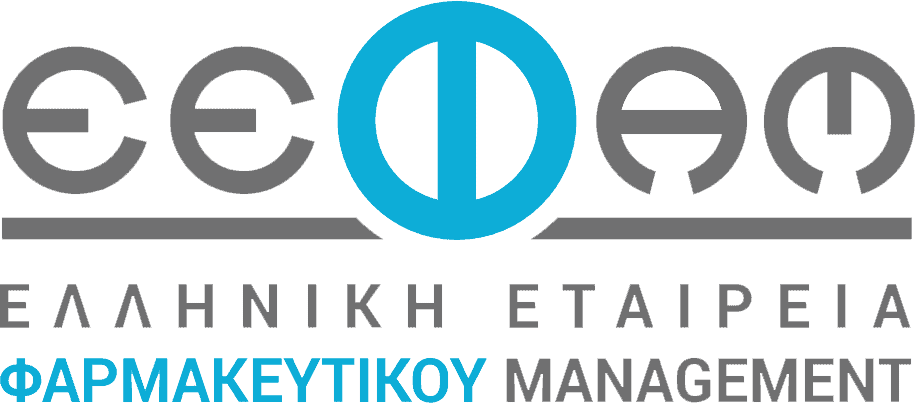Blog
Blog
Bayer slashed 1,500 roles last quarter as CEO’s vision for simpler organization takes shape

When Bayer unveiled a restructuring in January, the company didn’t provide specifics on the number of planned job cuts. Now, the size of the initial round of layoffs shows CEO Bill Anderson means business.
In the first three months of 2024, Bayer reduced more than 1,500 roles, with about two-thirds of them being management positions, Anderson told reporters on a conference call Tuesday. As of the end of March, Bayer had fewer than 98,200 employees, representing a decline of 3.5% year over year.
The layoffs were the result of Bayer’s new operating model, dubbed “dynamic shared ownership,” which aims to reduce hierarchies and eliminate bureaucracy within the German conglomerate. By the end of 2024, every part of Bayer will have started working under that model, Anderson said on a separate call with investors.
And Bayer is cutting “everywhere in the world,” Anderson said, because “there’s not a country that we operate in […] where we don’t have a better chance to meet our customers’ needs faster.”
“We’ve said from the beginning, our focus really isn’t on a head count number,” Anderson told reporters. “Our focus is really relentless on making sure that every job in the company is oriented around the mission.”
“That’s one of the reasons this is very different from a typical restructuring exercise, where the management decides what’s the number and then just sort of dispenses targets,” the CEO continued. “We haven’t done that, and we’re not going to do that.”
Because of the cut-as-you-go approach, Anderson expects that the number of job reductions could be “lumpy” in the future if the company decides to divest or shut down any large operations.
Employee feedback about the new organization has largely been positive, according to Anderson, who has visited Bayer teams in 15 countries in the last nine months.
“People are just amazed at how much more they can get done when they have the authority with their colleagues to make the decisions and move.”
Anderson offered an example from the company’s prenatal version of its One A Day multivitamins. As an early adopter of the new structure, the prenatal vitamin team decided to accelerate the launch in seven months instead of the previous plan of 21 months.
Just as Bayer slims down on bureaucracy, the company has increased the number of customer-facing and product teams more than tenfold in five months, according to Anderson. The pharma division now has more than 180 teams, including about 70 in the U.S.
For the first quarter of 2024, Bayer’s group sales declined 0.6% at constant currencies to 13.8 billion euros, including about 4.4 billion euros from prescription medicines. In the pharma division, prostate cancer drug Nubeqa and chronic kidney disease therapy Kerendia contributed the lion’s share of growth.
Πηγή: fiercepharma.com





